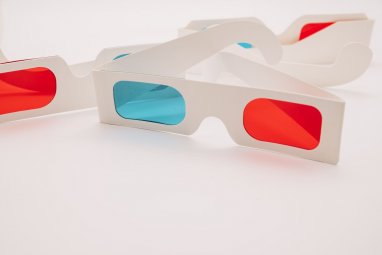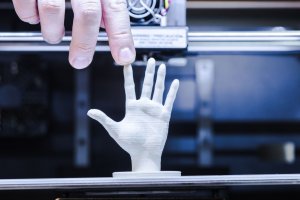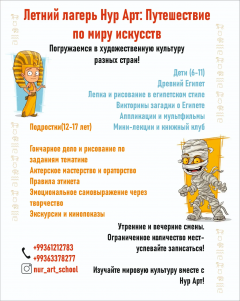How can a person, from a two-dimensional picture, form a complete picture of the distance to objects, their shape and size, and thereby fully perceive the three-dimensional world?
Despite the fact that our eyes see a two-dimensional picture (like a camera), we can “extract” information from it that makes objects three-dimensional. This occurs thanks to stereoscopic (three-dimensional) vision, based on several effects:
Binocular vision
The retina of each eye forms its own two-dimensional image of the same three-dimensional scene. Thanks to life experience and powerful computational abilities, the brain, by comparing these two slightly different images, creates an idea of the three-dimensionality of the picture.
This effect is most pronounced when viewing closely located objects, the distance to which is comparable to the distance between the eyes. When focusing on distant (more than 5 meters) objects, the effect of binocular vision is practically neutralized.
It is worth noting that binocular vision is not the only factor that provides 3D perception, and its effect is limited to a distance of a few meters.
Displacement of objects when the observer moves
As the observer moves, the picture surrounding him constantly changes. At the same time, close objects change their position in this picture much faster than distant ones, which slowly “float” into the field of view.
The same life experience and the computing capabilities of the brain make it possible to well estimate the distance to them based on the speed of movement of objects in the field of view.
In fact, moving one eye the distance between the eyes can replace binocular vision. The brain will eventually be able to compare the same two pictures as from the two eyes. However, this method requires a lot of effort and constant movement. In addition, the pictures will not be captured at the same point in time, which may lead to differences in them.
Therefore, binocular vision remains a very useful option, especially when working with close objects, which is what a person usually does.

Photo: bigpicture.ru
Life experience
Most people have a good idea of the size of many familiar objects: trees, people, cars, windows, doors, etc. This knowledge permits us to fairly well estimate the distance to one of these objects (and therefore to those located nearby), depending on what part of the field of view they occupy.
Smoke from distant objects
The atmosphere, although transparent, is not without some opacity. This causes very distant objects to appear smoky.
The degree of smoke permits us to judge which of the distant objects is further away and which is closer to the observer. This is a very useful effect, because for distant objects other methods of constructing a 3D image do not work so well.

Photo: ru.freepik.com
Perspective, shadows and lighting
The brain, based on vast life experience, well perceives the shape of objects based on the configuration of shadows and the degree of illumination of their parts.
Perspective. This is an effect in which two parallel lines in space converge to a point in the image as they move away from the observer. The brain perfectly perceives the information received due to this effect.
The ability of the eye to focus at one distance
The eye, like any optical instrument, is not able to see the whole picture equally well at different distances. It can only focus on a certain distance, making objects at that distance the clearest. At the same time, closer and more distant objects appear slightly blurred.
The brain has information about the distance at which the eyes are currently focused. By focusing our gaze at different distances, we seem to “scan” the space, creating a complete picture of its depth.
Near objects obscure distant ones
This seemingly simple effect plays a huge role in creating a 3D image. After all, there is nothing easier than understanding that one object is further than another if it is partially covered by it.
3D Cinema and 3D Perception Effects
All of the effects listed above, with the exception of binocular vision, are used in any movie. 3D cinema adds binocularity through special technologies.
When watching 3D movies, the glasses produce a slightly different image for each eye.
But it is important to note that this does not lead to a significant improvement in the picture. As already mentioned, a person, using the other six effects available in any movie, can actually see the entire depth of the image without loss of quality.
Resource: educon.by
Also read:













